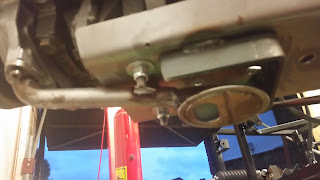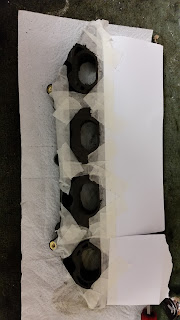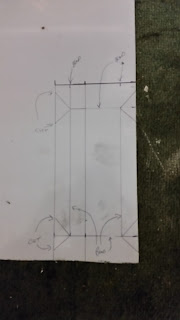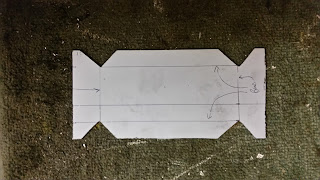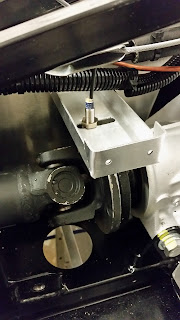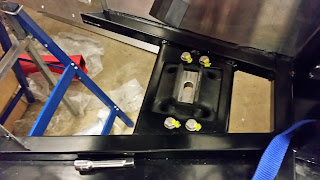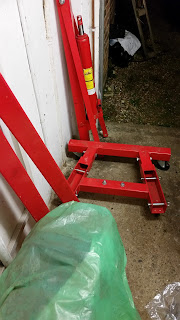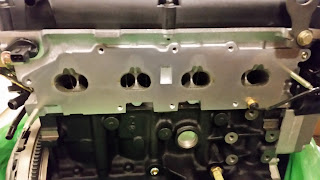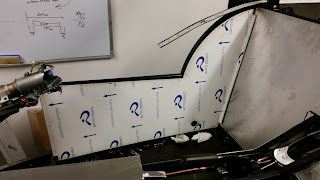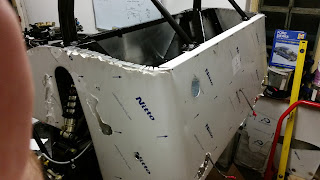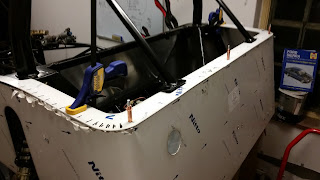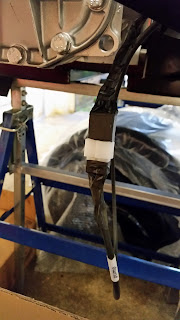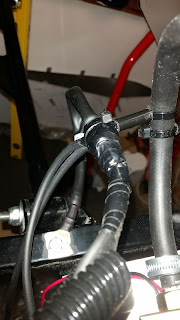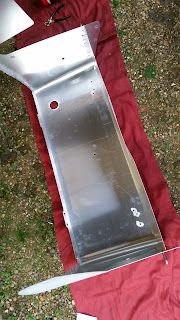I decided it would be OK to just remove the bolts that I needed to change one at a time, in the hope that nothing would drop out. Luckily, it was fine and all 4 bolts were quickly replaced - they're the long ones sticking out:
Then it was simple enough to bolt on the windage tray, as it's known (see Dave, I know all the big words :-) ) and the oil pickup pipe:
Important: at this point, you should trial fit the dipstick and see that it comes out at the right place. I didn't and I've got the feeling mine goes into that windage tray rather than the body of the sump. I'm not taking the engine out just to fix this but worth checking if you are at this stage.
EVEN MORE OF AN UPDATE: check that oil pickup pipe and bend the edges of that windage tray up otherwise this happens.
At this point, it was lucky I had checked the blog of a Tiger builder because the sump needed a small groove filed into one corner for it to fit properly. Used my Dremel and then a file:
I'd already put the black gasket on the sump and stuck it down in places just to make sure it didn't get dislodged while trying to fit it. Compared to the original gasket that came off the engine, this one was a little small in my opinion, so I added some instant gasket round the edge. This is similar to the black gunk used to bond the panels on but it is rated up to 300 degC - it's the red stuff in this pic:
Finally, time for the scary bit - attaching it to the engine. I started by putting the sump in the yellow tray the engine came in and tried to lower the engine onto it but that didn't work - the engine swayed about too much. So I raised the engine and just lifted the sump up underneath. Bit of fiddling, got a couple of bolts in and success. Rest of the bolts in and all torqued up - looking good:
So another big job done, just the starter motor and alternator to bolt on to the engine and it will be ready to go in the car. Obviously, I need to wait for the gearbox to arrive first and that could be another 2 weeks!



